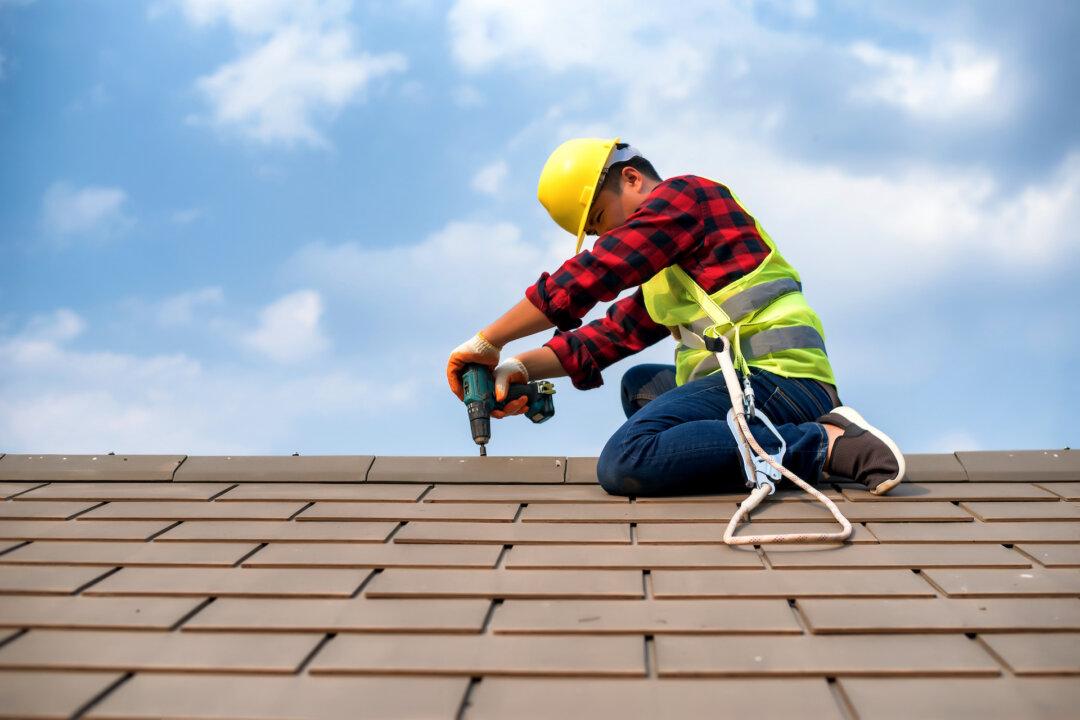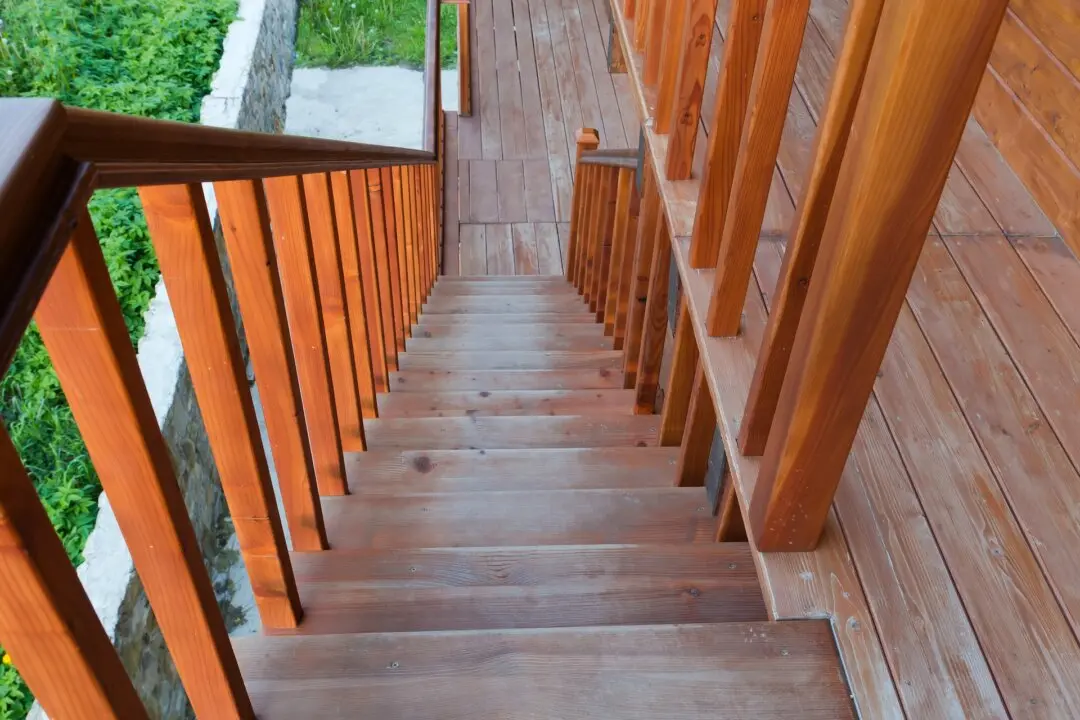Dear James: A dark spot appears on the ceiling after a rain. The roof is not terribly old. How can I tell if it is just a small, faulty spot or if it’s time to replace the roof?—Chip H.
Dear Chip: There are many factors that determine the life of a roof, such as your local climate and environmental conditions, proper building and roof system design, material quality and suitability, proper initial application, and adequate general roof maintenance.





